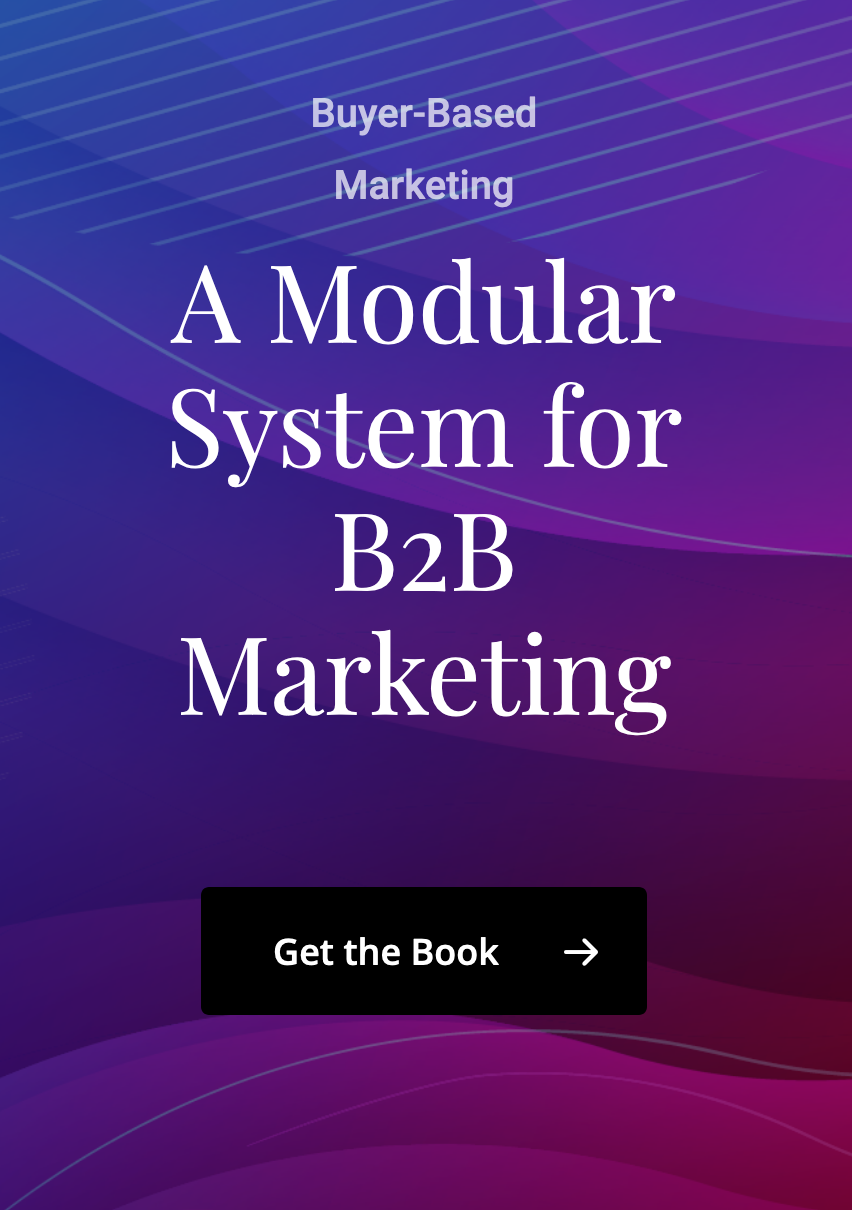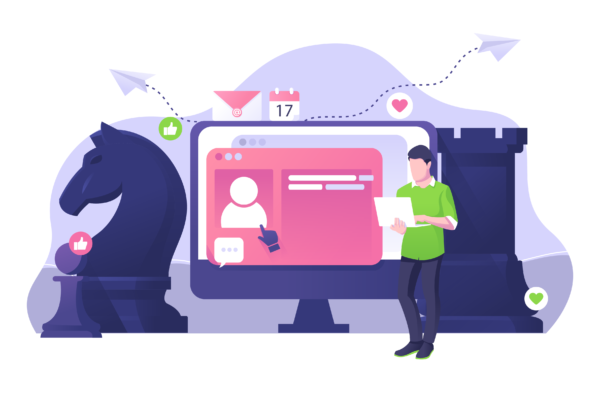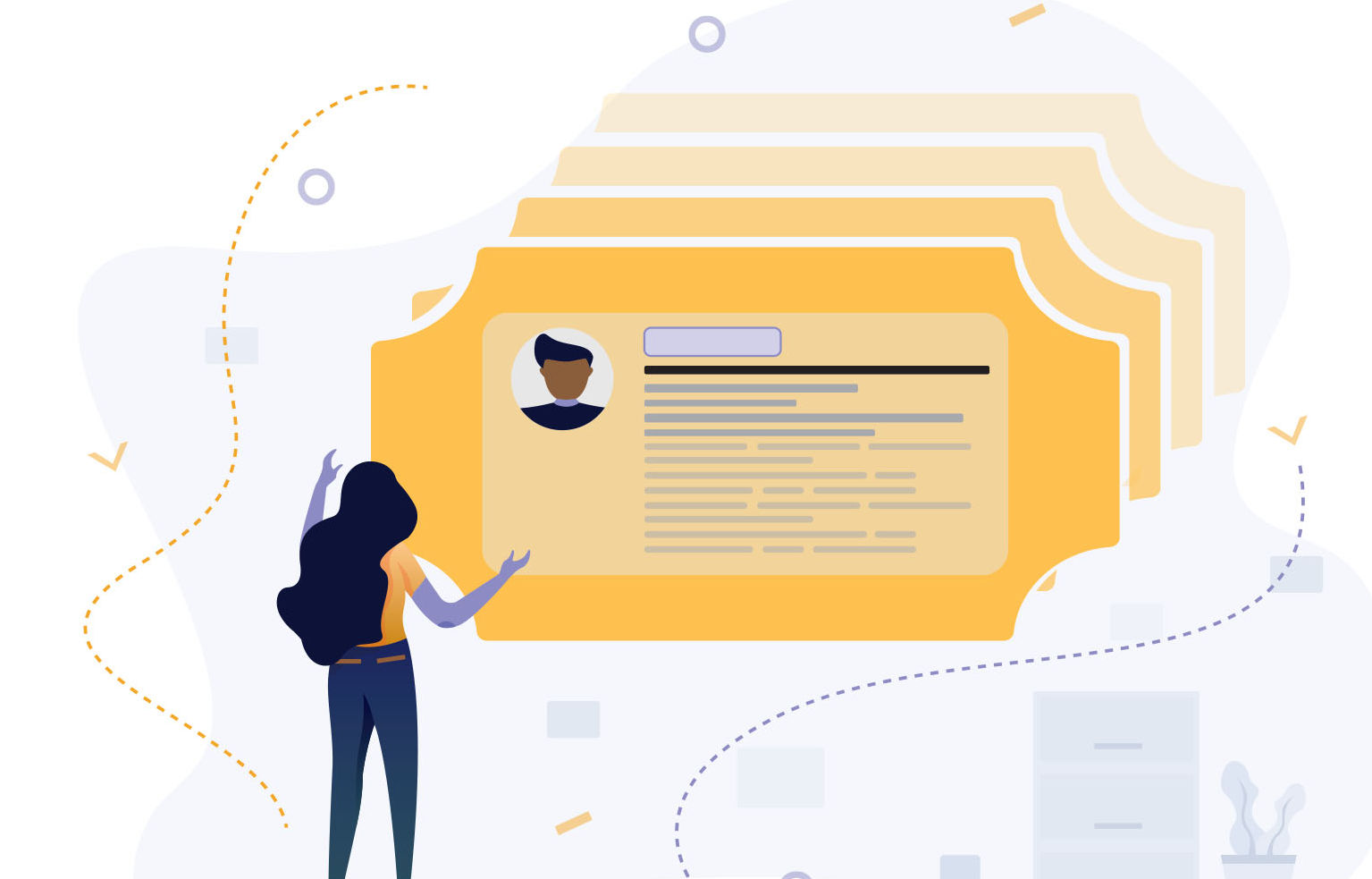Consumers vs. Businesses
We’re all consumers of something, and most of us have probably been responsible for both purchasing for ourselves and our places of employment. Think about that; the thought processes you use for yourself are likely very different than those you use for your company. Better understanding those differences can make you a better marketer.
I believe the one significant difference that we can account for right away is that in a B2B space, more than one person will be impacted by the purchase. If you’re purchasing a new piece of software, buy-in will be required not just from finance, but from the people who will be using it. If you’re buying trade show banners, you would have to involve a graphic designer, other stakeholders in the marketing department, and the sales team.
You’re Selling to Many
The idea that you’re selling something to a single person only rarely applies to B2B transactions. In digital marketing, you might craft specific messaging to attract one or two of these particular people with the hope that they will convince other people that your product is the right one. When you apply this concept to the entire marketing ecosystem, you’ll have to account for the fact that you need to enable your sales teams to confront objections and convince all potential targets, even the ones with whom you have not yet connected.
In consumer selling, you try to understand selling strengths in a demographic, geography, or some other potentially identifying trait. You may have customers who love expensive handbags, so you target them. Your best customers may all own expensive high-end gaming computers, so you target them. It’s not necessarily any harder or easier to sell to consumers than businesses; it’s just going to be a different approach.
Buyer Decision Influence
Each buyer is important, but some will have more influence over the decision than others.
Create a Wider Marketing Focus
When I target businesses, not only in digital marketing but for physical marketing as well, I want to ensure that I focus on something a little different than I would for consumer marketing. I want to define the key players in the decision-making process. Instead of going after demographics, I’m going to go after a persona or a buyer profile. I want to learn where my entry points are, what I need to do to equip my brand champions, and how to close a deal. The problem is that each company you target will likely operate a little differently from one another. You might find that in one company, all roles are filled by the same person. The next company might have four or five people responsible for making a decision. Some of this comes along with the price of the item or service that you’re selling, but the theory stays the same across the board: play with averages.
The way I like to start this process off is by taking the time to understand what my current customer mix looks like entirely. In buyer-based marketing, we call this process customer boxing. The process that I like to use for customer boxing involves a few steps:
- Segment existing customers by industry/geography/some other defining characteristic
- Segment these customers by revenue
- Eliminate very low-margin outliers
- List out all influential contacts at each company with titles
- Find common title patterns with influencers, decision makers, and champions
- List out all entry points (website, referral, salesperson action, etc.)
- Find common entry points between titles

Track Messaging
Depending on how much information you have, and if you have a system to track what types of messages are delivered to different kinds of titles, you can take this a lot further. Ideally, you would be able to track the tone and nature of message delivered through a specific set of channels to determine the most effective route to a particular kind of person. You don’t need to go that far, and the chances that you have this type of granular detail in a small or medium business is low. For that reason, you can stick with the seven steps listed above.
Once you have this information listed out, you can begin to understand how your marketing and selling processes are currently addressing the needs of your current customers. You can pick the most attractive routes to market, with the most effective targets, and choose the best way to get your message out there.
Title
Channel
Message Type
Understanding your markets and buyers helps you deliver more effective messaging in a more efficient way.
Big Difference, Same Idea
The most significant difference between B2B and B2C marketing, in my experience, has always been the number of people you need to influence within a business to achieve a positive result. Consumers are segmented into groups on a single level. In B2B scenarios, you have to segment each contributor to the purchasing process independently of each other. Targeting more than one type of person creates more work initially, but it gives you more opportunities to influence the purchase of your product or service. You will need more buy-in, but more opportunities exist for you to interact with a target account. Increased visibility also helps you retain customers because it gives you more opportunities to create a positive experience within an account.




